A well-informed pilot must understand how Newton’s Third Law applies to thrust and how an aircraft flies. It is essential for any student pilot to have a strong grasp of this basic understanding of physics. Doing so will strongly contribute to safe and efficient flying. The first two laws are also important to know and remember; however, the Third Law is uniquely at work every second an aircraft is in flight.
The Third Law states that “for every action, there is an equal and opposite force.” It was developed by Sir Isaac Newton in the 17th century. The four forces of flight are always forces acting on an aircraft: thrust (forward), drag (rearward), lift (up), and weight (down). Managing those forces and their equal and opposite reactions to each other is how a pilot makes an aircraft break free of gravity, and then maintain control.
What is Newton’s Third Law?
Newton’s Third Law of Motion states that for every action, there is an equal and opposite reaction. This means that any force exerted onto a body will create a force of equal magnitude but in the opposite direction on the object that exerted the first force.
For example, if you push a wall, the wall pushes back with an equal amount of force. Or, if you jump off a boat, the force you exert on the boat propels it backward, while the same force propels you forward.
This law explains how forces always come in pairs – action, and reaction. These two forces are always equal in magnitude, but they are directed in opposite directions.
Examples of Newton’s Third Law Involving Aerodynamics
Airplanes
The motion of an airplane is a perfect example of action and reaction in aerodynamics. The airplane’s engines thrust air backward. In reaction to this action, the plane moves forward. This forward movement is the reaction to the action of the air being forced backward by the engine.
Birds and Flight
Just like airplanes, birds use the principle of action and reaction for their flight. When a bird flaps its wings, it pushes air downward (action). In response, the bird is propelled upward and forward (reaction).
Lift Generation
When an airfoil, like a wing or a propeller, moves through the air, it forces the air downward (action). According to Newton’s third law, there’s an equal and opposite reaction that results in a lift, pushing the airfoil and the attached aircraft upward.
Rocket Propulsion
Rockets work on the same principle. They expel gas at high speed from their rear end (action). This action propels the rocket in the opposite direction (reaction).
What is Thrust?
Thrust is the unseen “push” or force that moves an object through the air or on the ground. In the case of pushing a ball across the room, the acting thrust is the hand that shoved it. Where aviation is concerned, the thrust that enables the airplane to overcome gravity and take off is mechanical. The thrust comes from the engine, whether it’s a jet, propeller, or turboprop. What scientists learned about mechanical thrust in the development of balloons and airplanes was quickly applied to the rockets which pushed spacecraft out of Earth’s atmosphere.
The energy of the thrust of the engine is derived from the fuel powering the machine. It creates a chemical reaction that propels the airplane in the opposite direction of the chemical reaction generated by this controlled combustion. In order to maximize the power of the propulsion system, engineers and airplane designers perform a thermodynamic analysis to predict thrust amongst a variety of variables. The weight, type, and propulsion type of an aircraft means that thrust can vary widely from type to type.
Thrust and Newton’s Third Law
Now that we have a working understanding of thrust, we can focus on how it fits in with Newton’s Third Law. The Third Law is most dramatically applied with this force of flight. Thrust is most often thought of as simply acting opposite to drag. However, this is a simplistic understanding of how the Third Law works in the aviation world.
There is much more to understand about thrust and its relation to flight, thanks to Newton’s understanding and explanation. An aircraft gains altitude entirely because of thrust; either the thrust is pointed upward, as is the case with helicopters, or an airplane tilting its nose up, or in level flight, excess thrust overcomes drag, increasing airflow over the wings, generating more lift, which increases altitude. The Third Law eventually “catches up” with the airplane, because the byproduct of lift is drag, so drag increases to match the extra lift, and the aircraft returns to equilibrium without a further increase in thrust.
Balancing the Four Forces of Flight
When an aircraft is in a straight, level, un-accelerated flight, called the cruise phase, all four forces are balanced and acting with equal strength and direction. To maneuver the aircraft, the pilot must intentionally disrupt the balance between the forces, and then quickly restore the balance or risk losing control. For example, to make the aircraft turn, the pilot banks the wings or tilts the rotor, which points to the side some of the lift normally pointing up. That is called creating a horizontal component of lift, and that moves the aircraft to the left or right of its original course.
However, the horizontal component of lift doesn’t come from thin air; it must be subtracted from the vertical component usually generated by the wings or rotor. That means in a bank, there is less vertical lift to counteract gravity or weight, trying to pull the aircraft lower. Uncorrected, the aircraft will descend. This means that the pilot, using Newton’s Third Law to maintain altitude, must increase the angle of attack to generate more total lift, so that the vertical component will have an equal and opposite reaction to gravity.
Still on the topic of turning, when an airplane banks its wings, the wing on the outside of the turn travels faster through the air, generating more lift. One will recall that a byproduct of lift generation is a drag, so the outer wing will tend to be “pulled back” by that extra drag. The pilot uses Newton’s Third Law again and applies the rudder in the direction of the turn, overcoming the excess drag, and the airplane will stay in the turn. Flight, then, is a constant maintenance and equilibrium of all these forces.
Taking another step further, the act of deflecting the rudder also generates a sideways lift to turn the airplane, which creates more drag. Newton’s Third Law demands that the additional drag be overcome, or the airplane will slow down. That is why, to maintain speed in a turn, the pilot must increase the thrust generated by the engine or engines.
Lift, Thrust, and Motion: Bernoulli vs Newton
The understanding of the role of Newton’s Third Law in thrust and lift is generally embraced by aeronautical scientists, engineers, and physicists, but some scientists and pilots disagree about how the Third Law fits in with Daniel Bernoulli’s principle of lift, which basically states that pressure in airflow drops as the air flows over the surface of the wing.
Newton lived before Bernoulli, and Bernoulli studied Newton’s work while developing his theory. Even the most celebrated scientists in the field favor varying theories about how lift, the Third Law, and Bernoulli’s theories work together. Student pilots can find a variety of explanations, depending up on which text the study or even the theory their flight school favors. Some of this information can at, times, seem to conflict. What is important to understand is the underpinnings of the theories and how the forces of flight act upon an airframe, not to mention the role of the propulsion system.
Why Newton’s Third Law Is Significant
The Third Law of Motion is instrumental in explaining and predicting physical phenomena such as the conservation of momentum. It is the backbone of many real-world applications, particularly in engineering fields. For instance, the design and functioning of rockets, planes and other projectile devices heavily rely on this law. The rocket’s thrust (action) propels it upwards, while the expelled fuel (reaction) moves in the opposite direction.
Although Newton’s Third Law is not considered a fundamental law of the universe, it serves as an extraordinarily effective approximation for predicting the behavior of the universe, especially in everyday scenarios. It provides us with valuable insights into the fundamental workings of nature and the universe.
Common Misconceptions About Newton’s Third Law Regarding Aviation
Misunderstanding Lift
Some people believe that lift is solely produced by either Bernoulli’s Principle or Newton’s Third Law. In reality, it is a combination of both. The airfoil (wing) pushes air downward (Newton’s Third Law), creating an upward reaction force (lift). At the same time, the shape of the wing and the angle of attack cause air to move faster over the top surface, decreasing pressure and contributing to lift (Bernoulli’s Principle).
Misconception about Propulsion
There’s a common misconception that jet engines “push” against the air behind them, which is not entirely accurate. Jet engines work by expelling hot gases backward at high speed. According to Newton’s Third Law, the action of gases rushing backward creates an equal and opposite reaction that propels the aircraft forward.
Inverted Flight Misunderstanding
Some people struggle to understand how planes can fly upside down. They assume that because the wings are now inverted, they can’t generate lift. However, the explanation lies in Newton’s third law. Even when flying inverted, the wings (if angled correctly) can still push air downwards, generating an upward reaction force.
Misinterpreting the “Equal and Opposite Reaction
Many people believe that the “equal and opposite reaction” described in Newton’s Third Law means that forces cancel out and nothing moves. In aviation, the thrust from the engines must be greater than the drag for the plane to move forward. The “equal and opposite reaction” simply means that as the engines exert force on the air, the air exerts an equal force back on the engines.
Conclusion
In conclusion, the understanding and application of Newton’s Third Law in aviation are crucial for the safe and efficient operation of aircraft. This fundamental principle states that for every action, there is an equal and opposite force. In the context of aviation, this law plays a significant role in various aspects, including lift generation, propulsion, and maneuverability.
By comprehending Newton’s Third Law, aviation professionals can design and optimize aircraft structures, wings, and control surfaces to achieve desired lift forces and control movements. The application of this law also extends to propulsion systems, where the principle of action and reaction is employed to generate thrust and propel the aircraft forward.
Ready to soar in your aviation career?
Mr. Matthew A. Johnston has over 23 years of experience serving various roles in education and is currently serving as the President of California Aeronautical University. He maintains memberships and is a supporting participant with several aviation promoting and advocacy associations including University Aviation Association (UAA), Regional Airline Association (RAA), AOPA, NBAA, and EAA with the Young Eagles program. He is proud of his collaboration with airlines, aviation businesses and individual aviation professionals who are working with him to develop California Aeronautical University as a leader in educating aviation professionals.
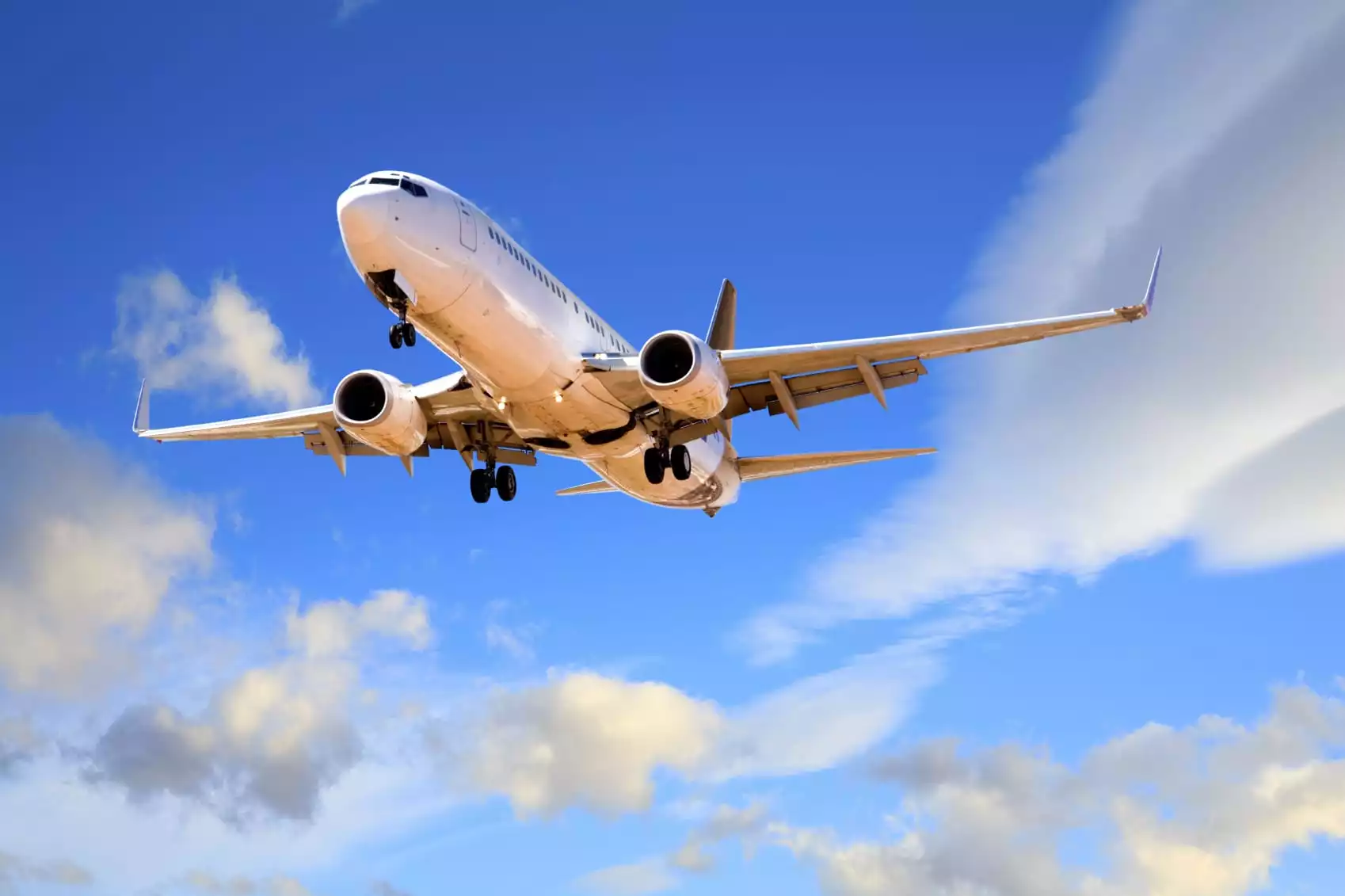
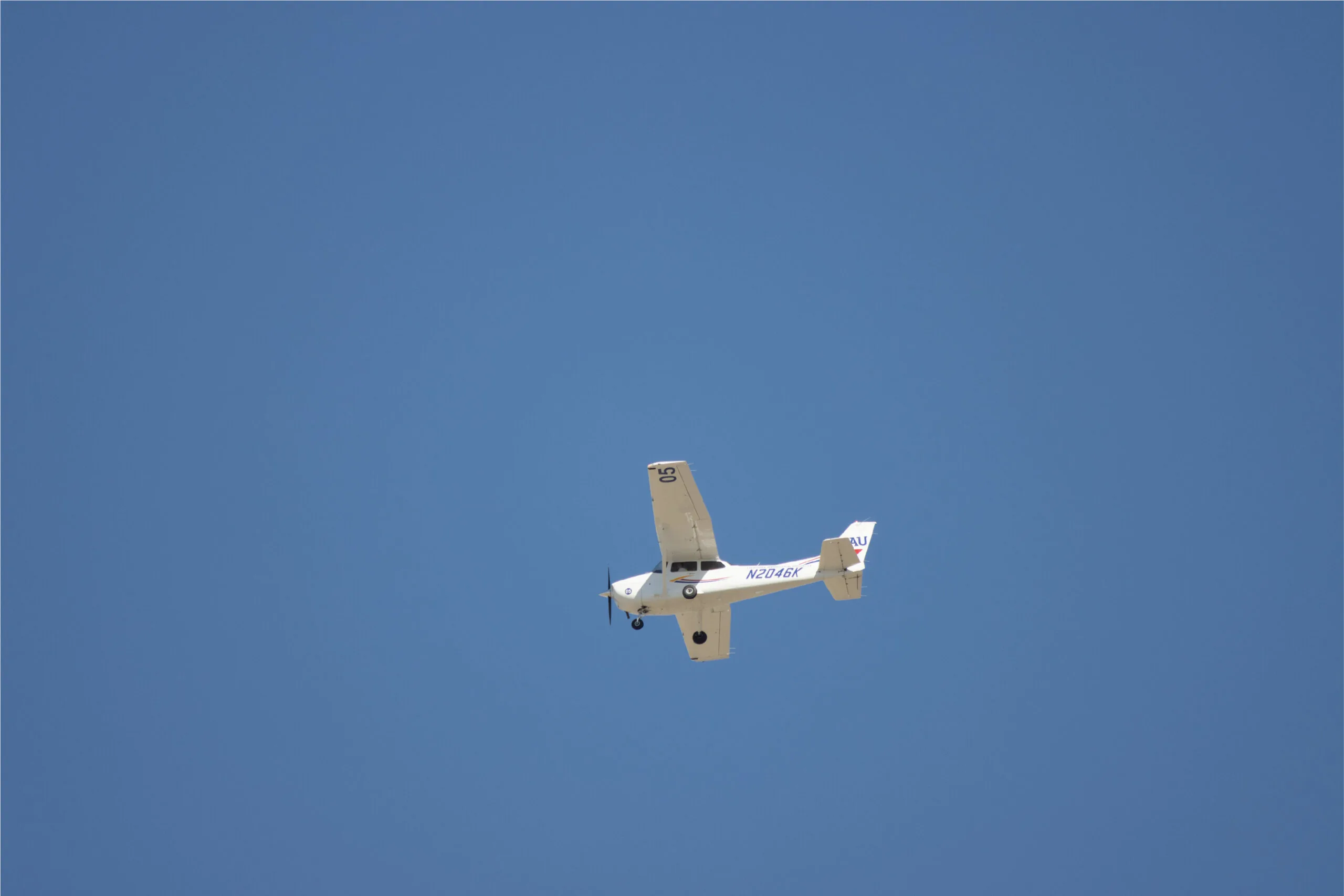
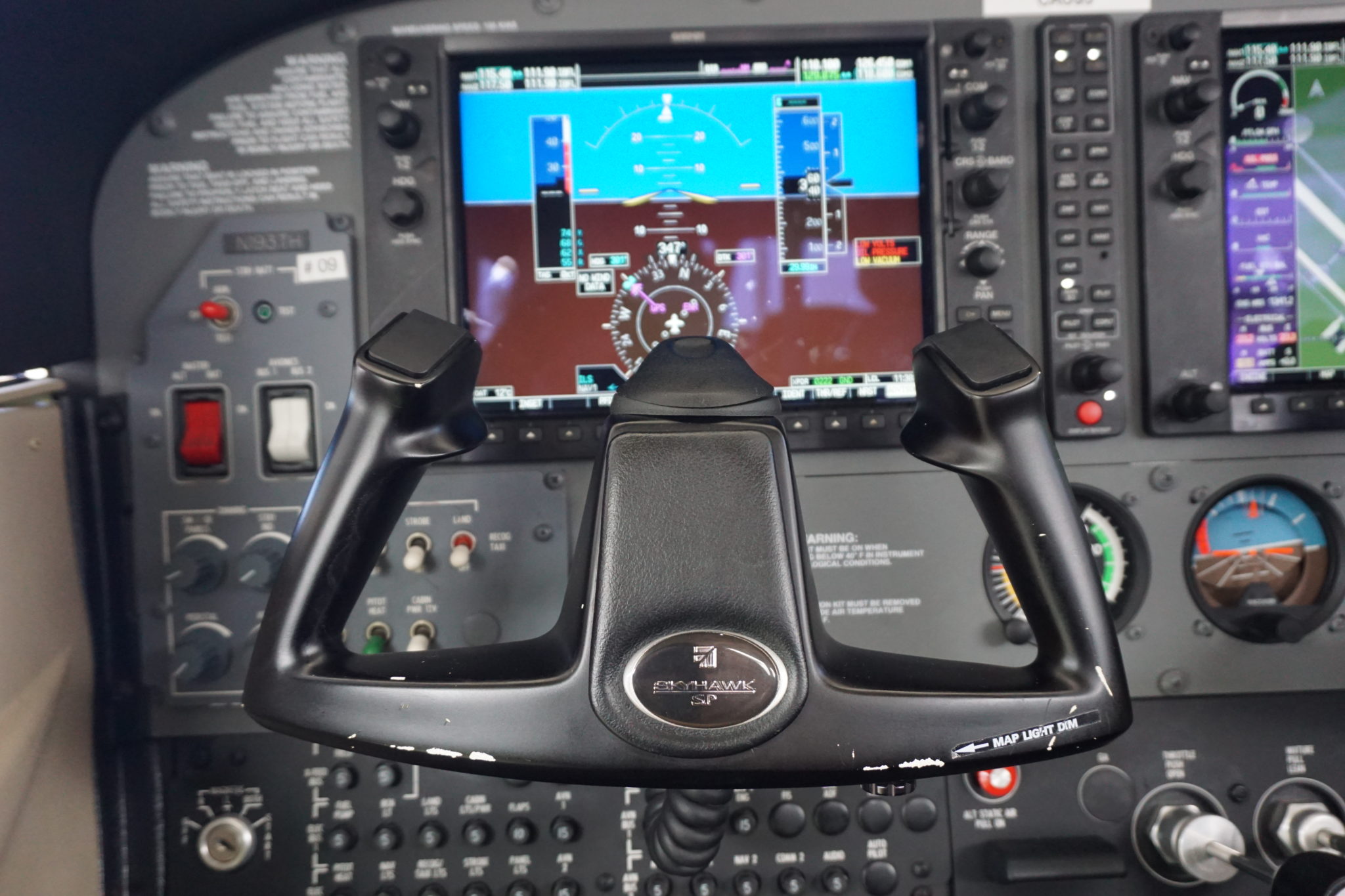
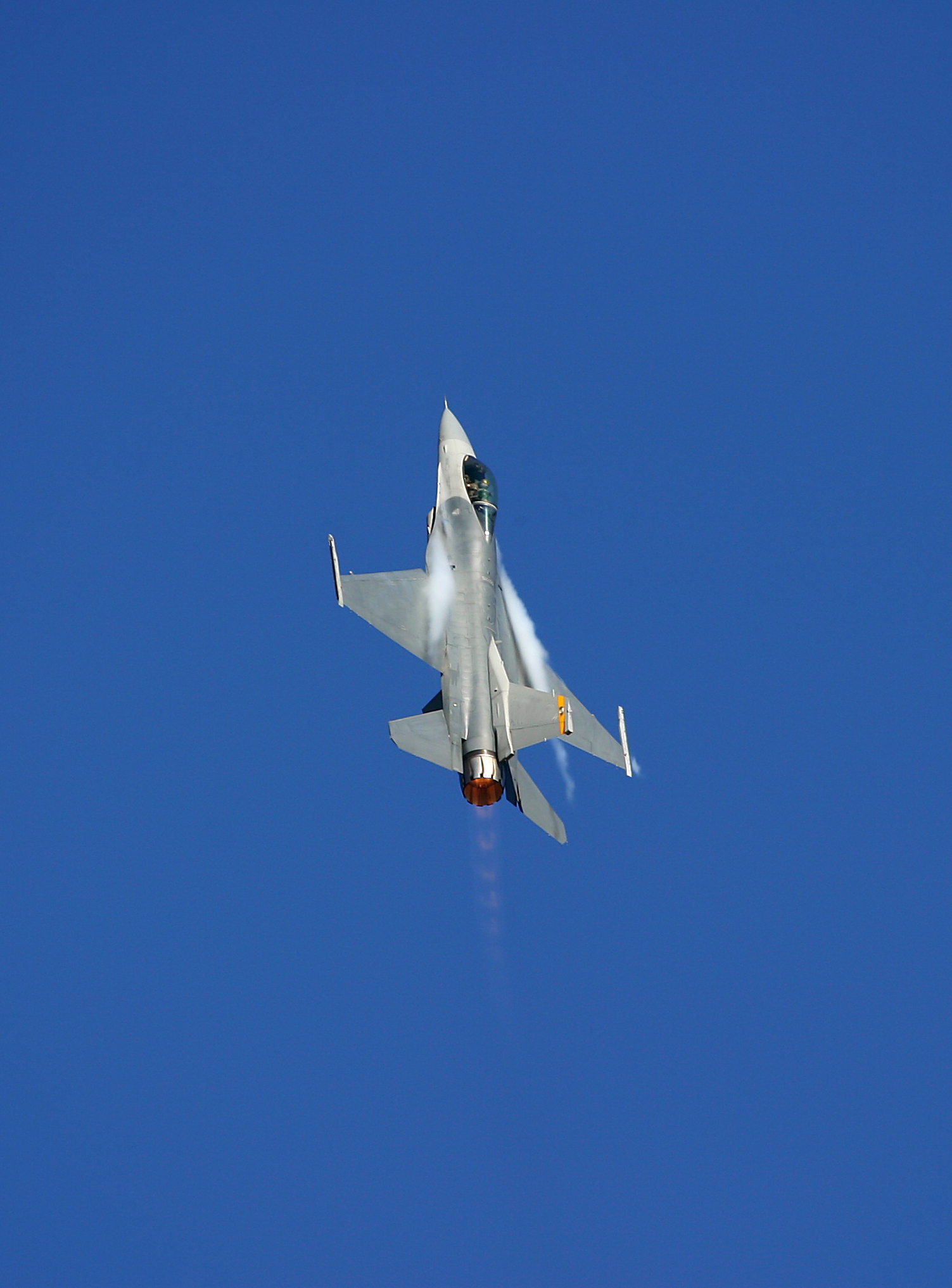
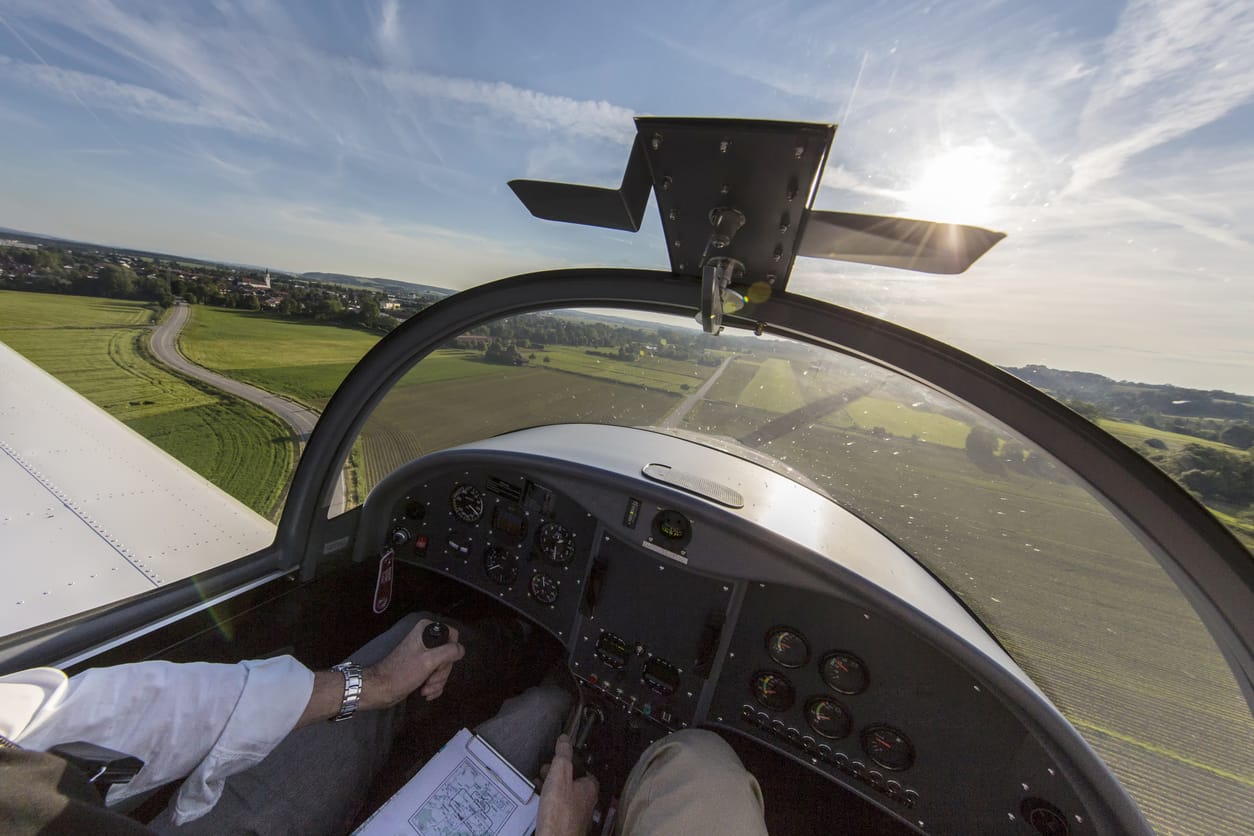
Wow, great!! It’s really interesting
Great explanation and introduction! Clear and forward.
What a clearly worded article explaining the third law of motion in regards to aviation, thank you very much!
Thank you, Molly!